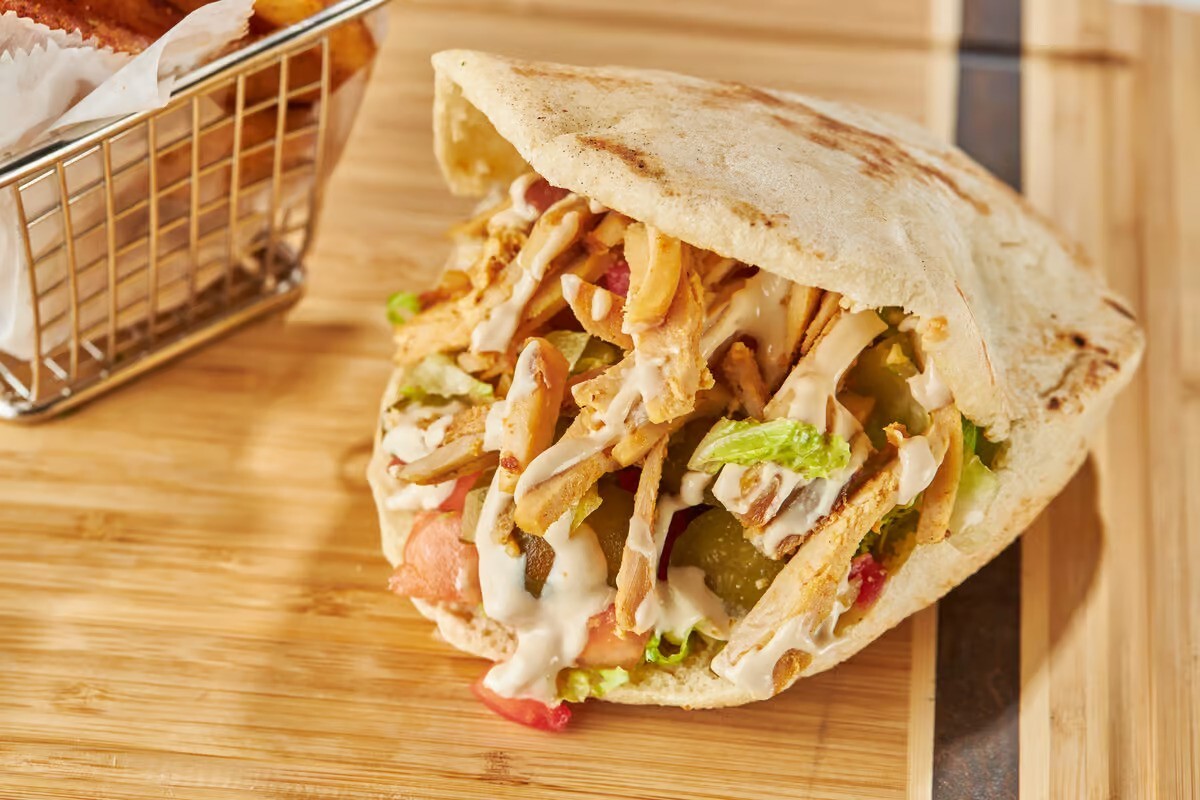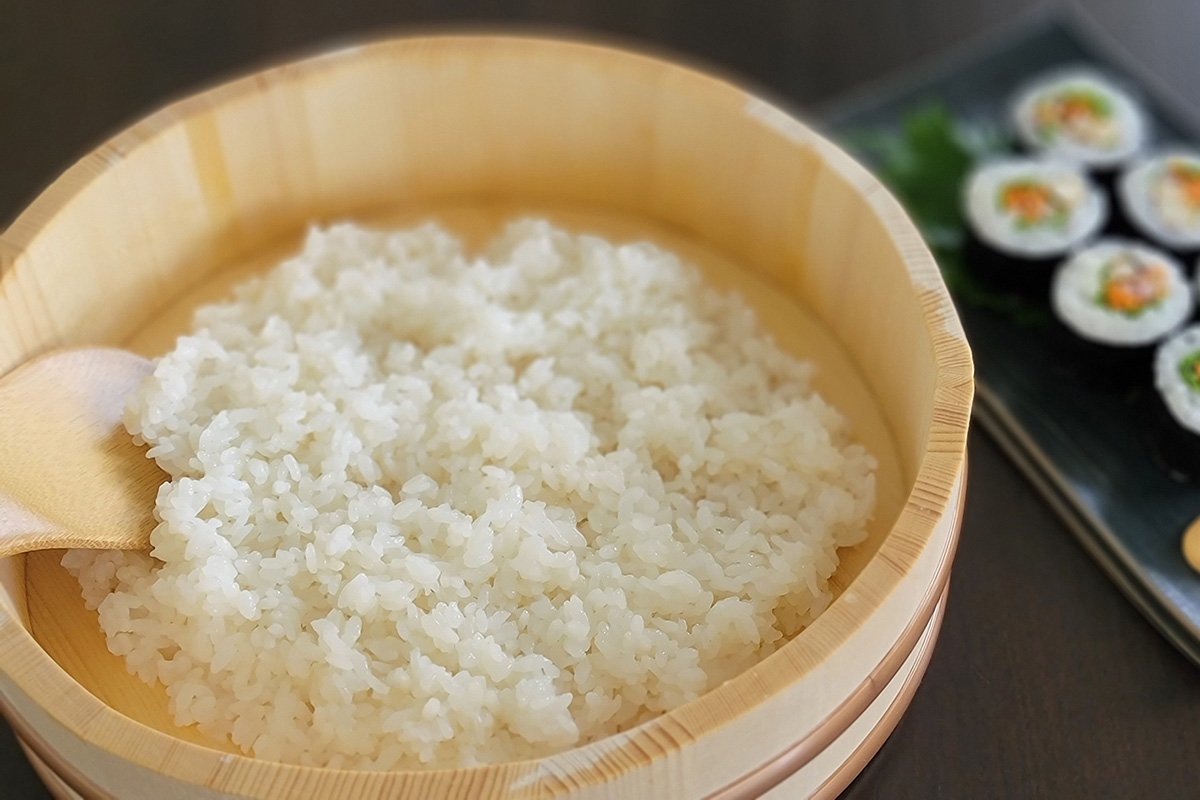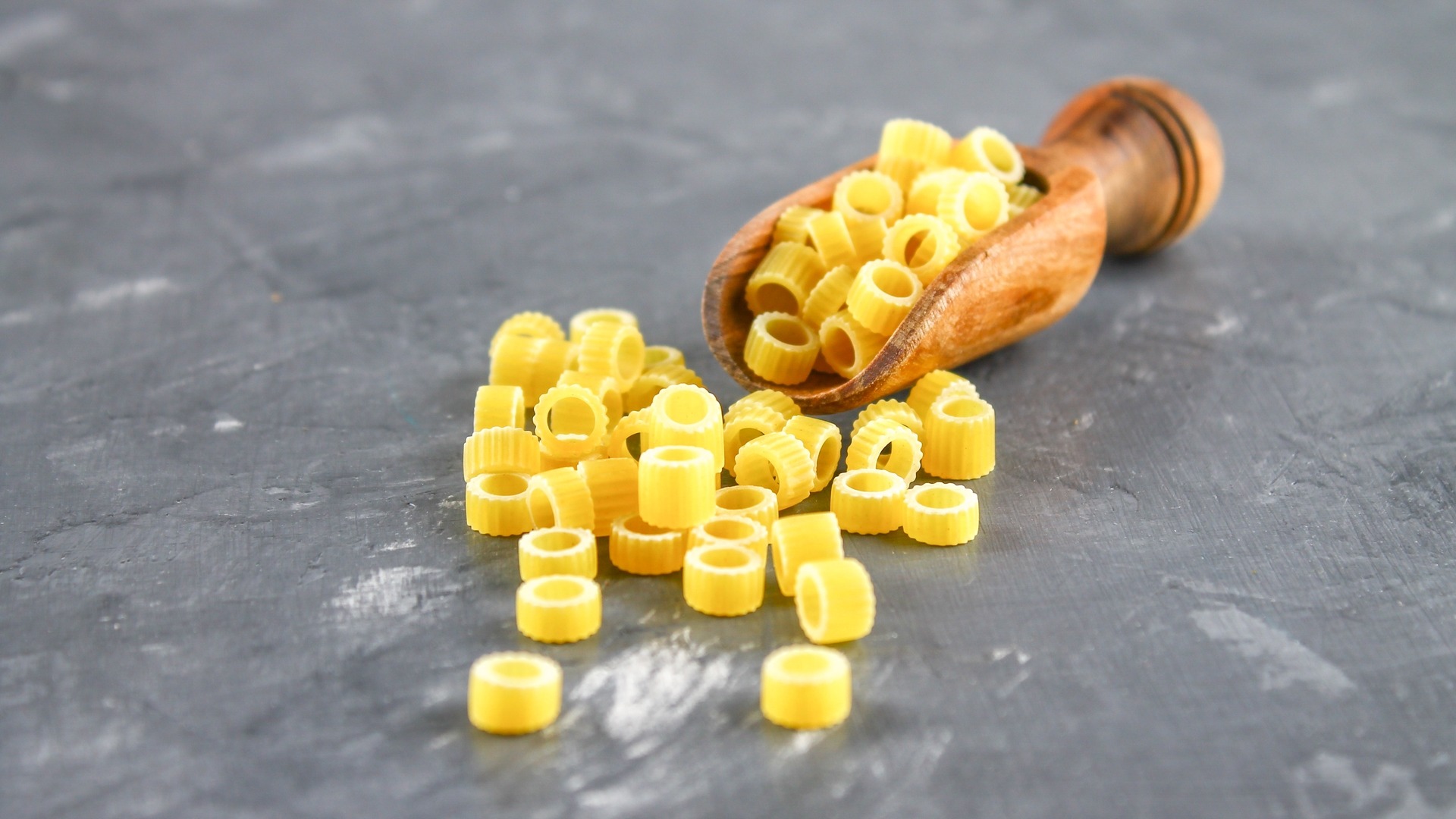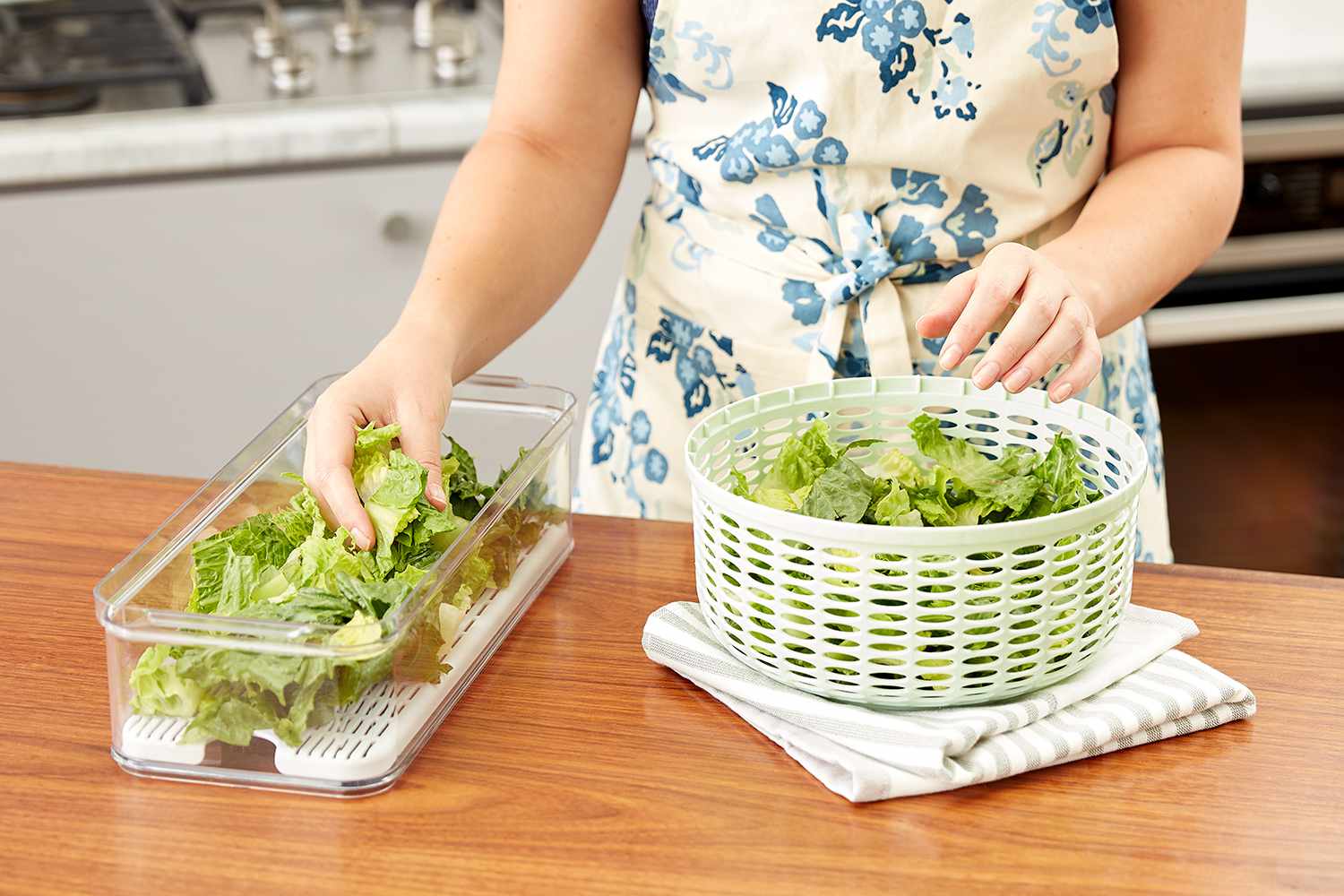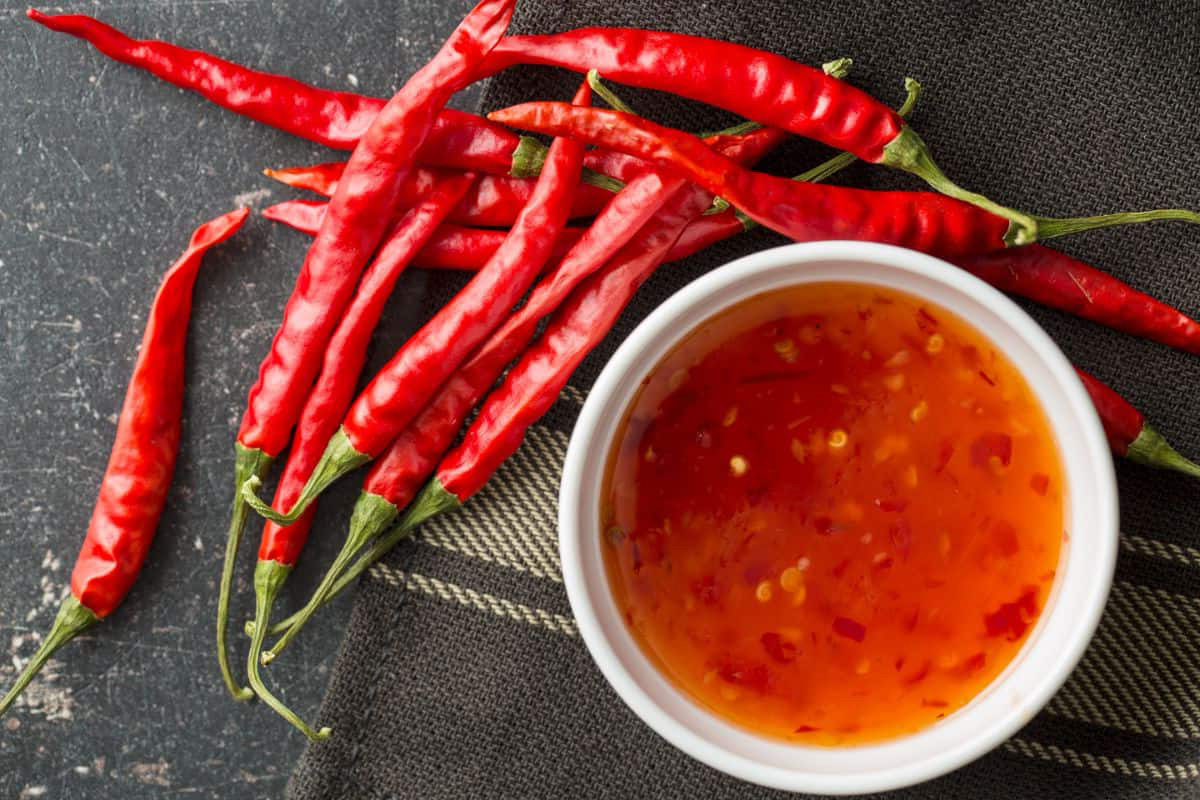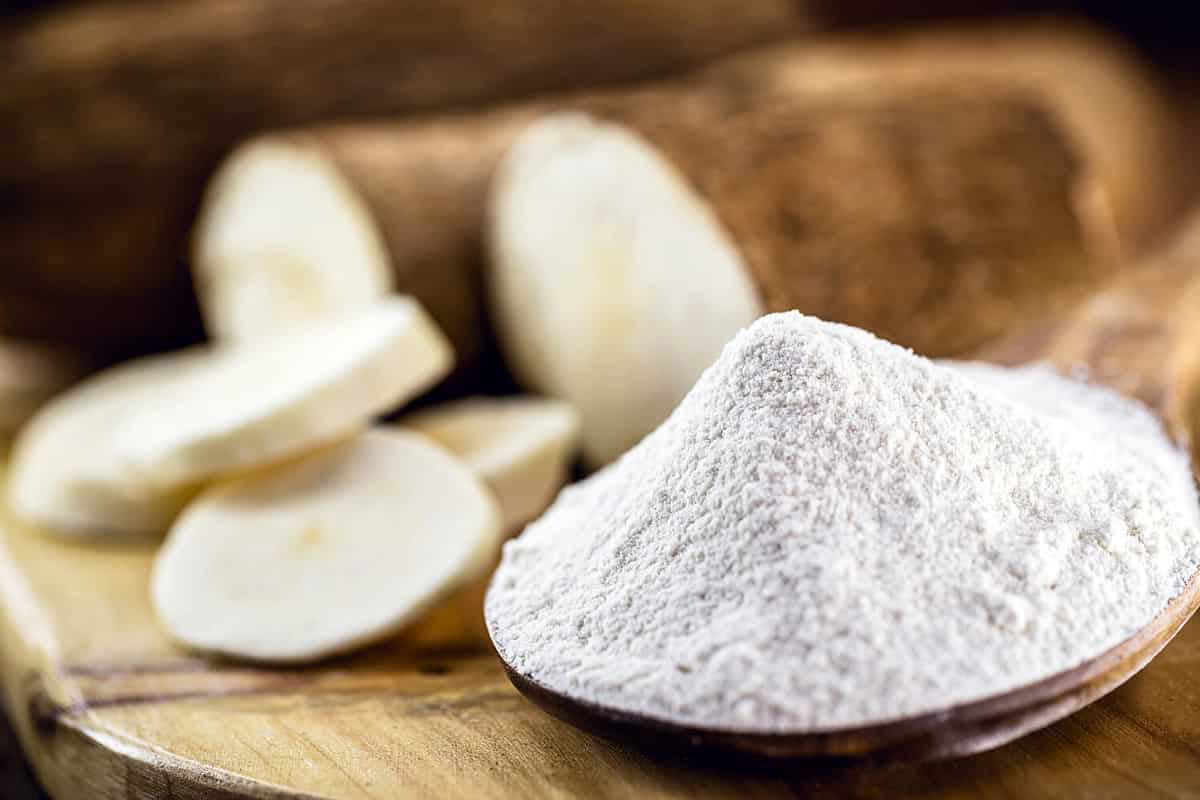Exploring the Delightful World of Buko Pie
Have you ever heard of Buko Pie? If not, you’re in for a treat! Buko pie is a popular Filipino dessert that is loved for its delicious flavor and unique texture. Made with young coconut meat, sweetened condensed milk, and a buttery crust, this delectable pie is a must-try for anyone with a sweet tooth.
The Origins of Buko Pie
Buko pie originated in the Philippines, where coconuts are abundant and widely used in cooking and baking. The word “buko” actually refers to young coconut, which is the star ingredient in this delectable dessert. The pie is believed to have been created in the province of Laguna, where it quickly gained popularity and became a beloved treat across the country.
What Makes Buko Pie Special?
There are several reasons why Buko pie stands out as a unique and delightful dessert:
- Rich Flavor: The combination of sweetened condensed milk and young coconut meat creates a rich and creamy filling that is simply irresistible.
- Buttery Crust: The pie crust is typically made with butter, giving it a deliciously flaky and buttery texture that perfectly complements the sweet filling.
- Refreshing Coconut: The use of young coconut meat gives Buko pie a refreshing and tropical flavor that sets it apart from other desserts.
How Is Buko Pie Made?
Making Buko pie is a labor of love that involves several steps:
- Preparing the Filling: The first step is to prepare the filling by combining young coconut meat and sweetened condensed milk. This mixture is then cooked until it thickens and develops a luscious texture.
- Creating the Crust: The pie crust is made by combining flour, butter, and sugar to create a dough that is then rolled out and used to line a pie dish.
- Assembling and Baking: Once the crust is prepared, the filling is poured into the pie shell, and the pie is baked until the crust is golden brown and the filling is set.
Enjoying Buko Pie
Buko pie is best enjoyed fresh out of the oven, when the crust is still warm and flaky, and the filling is creamy and indulgent. It is often served as a dessert or as a sweet treat to accompany a cup of coffee or tea. Some people also enjoy it with a scoop of vanilla ice cream for an extra special treat.
Where to Find Buko Pie
If you’re eager to try Buko pie for yourself, you may be wondering where you can find it. In the Philippines, Buko pie is widely available in bakeries, pastry shops, and even some supermarkets. If you’re not in the Philippines, you may be able to find Buko pie at Filipino restaurants or specialty stores that offer a selection of traditional Filipino desserts.
In Conclusion
Buko pie is a delightful dessert that offers a unique combination of flavors and textures. Whether you’re a fan of coconut-based treats or simply enjoy trying new and exciting desserts, Buko pie is definitely worth a try. Its rich filling, buttery crust, and refreshing coconut flavor make it a standout dessert that is sure to leave a lasting impression.
So, the next time you have the opportunity to indulge in a slice of Buko pie, be sure to savor every bite and appreciate the deliciousness of this beloved Filipino dessert.
Was this page helpful?
Read Next: How To Brine Chicken Breast?



